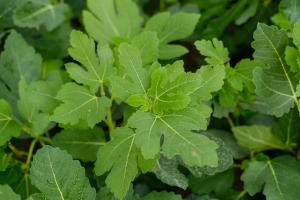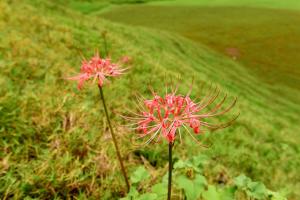Introduction
Non fruit pear trees are valuable ornamental plants, prized for their beautiful flowers, attractive foliage, and graceful shapes. But to make the most of these trees, it's important to plant the right groundcovers and companions underneath them. In this article, we'll explore some of the best options for planting under non fruit pear trees, including flowers, shrubs, and other useful plants.
Flowering Groundcovers
One of the best ways to add color and interest to the base of a non fruit pear tree is by planting flowering groundcovers. Some of the most popular options include spring bulbs like crocuses, snowdrops, and daffodils, which provide a burst of color early in the season. Other great options include primroses, violas, and creeping phlox, which offer a range of colors and textures. Just be sure to choose varieties that are shade-loving and won't get too tall or invasive.
Low Shrubs
Another option for planting under non fruit pear trees is to use low-growing shrubs. These can help to fill in space, offer year-round interest, and create a more layered look to the landscape. Some good choices include shrubs like heather, boxwood, or dwarf conifers, which are all well-suited to growing in the shade. Other options include small flowering shrubs like azaleas, rhododendrons, or hydrangeas, which can add color throughout the growing season.
Useful Plants
In addition to ornamental plants, there are many useful plants that can be grown underneath non fruit pear trees. For example, herbs like thyme, mint, or chives can be grown in the shade and make for tasty additions to your cooking. Ferns are another good option, adding a lush, tropical feel to the space. Groundcovers like ajuga or vinca can also be useful, providing erosion control and weed suppression while adding beauty to the space.
Preparing the Soil
No matter what plants you choose for planting under a non fruit pear tree, it's important to prepare the soil properly. Start by removing any existing weeds or grass, then use a garden fork to loosen the soil. Add a layer of compost or well-rotted manure to the top, then mix it into the soil to a depth of about 6 inches. Finally, add a layer of mulch to help retain moisture and suppress weeds. Avoid digging too deeply, as this can damage the shallow roots of the pear tree.
Conclusion
Planting under non fruit pear trees can be a great way to enhance the beauty and functionality of your garden. Whether you prefer flowering groundcovers, low shrubs, or useful plants, there are many great options to choose from. Just be sure to prepare the soil properly and choose plants that are well-suited to growing in the shade. With a little care and attention, your non fruit pear tree can be the centerpiece of a stunning, well-designed landscape.

 how many times do yo...
how many times do yo... how many planted tre...
how many planted tre... how many pine trees ...
how many pine trees ... how many pecan trees...
how many pecan trees... how many plants comp...
how many plants comp... how many plants can ...
how many plants can ... how many plants and ...
how many plants and ... how many pepper plan...
how many pepper plan...































